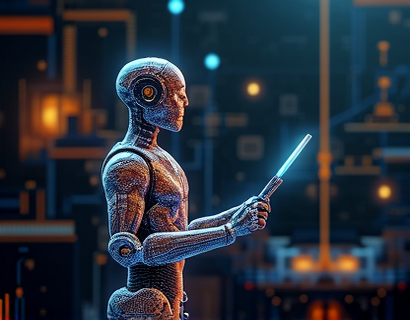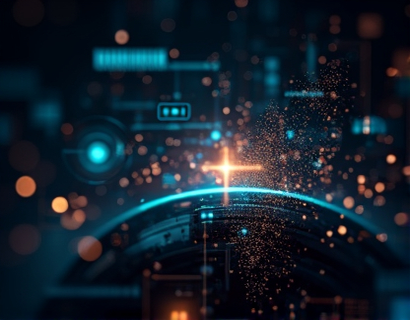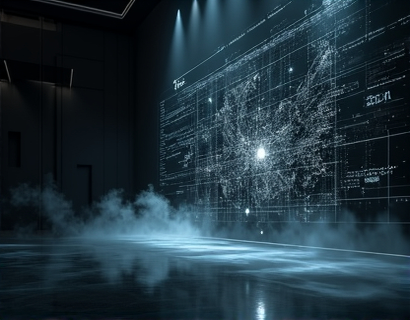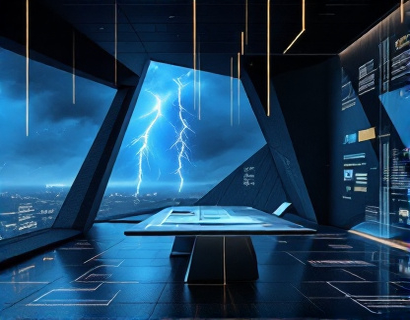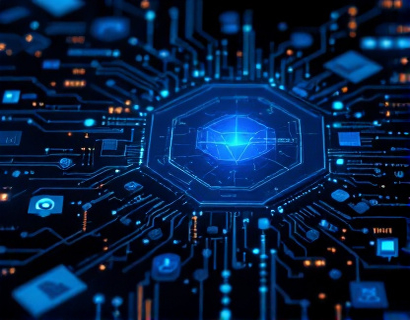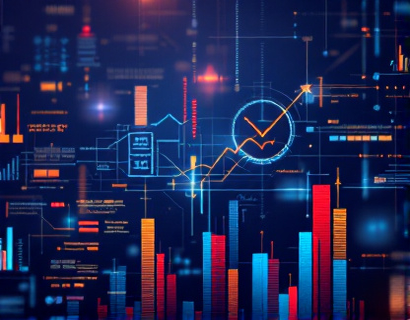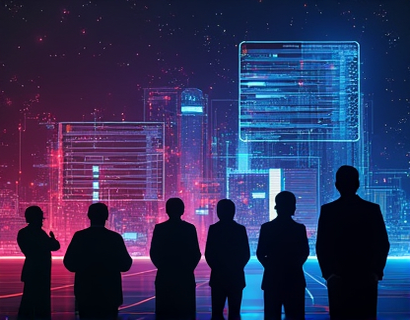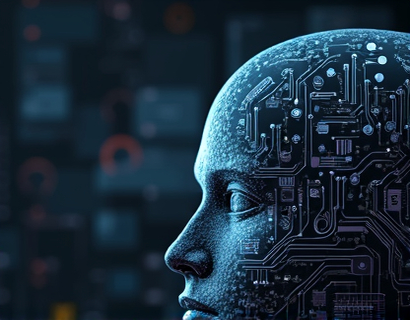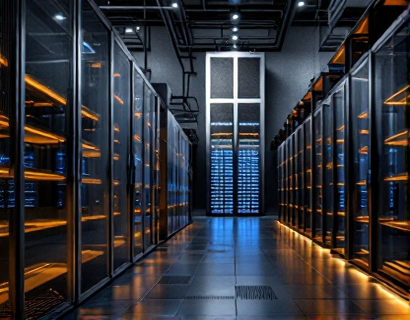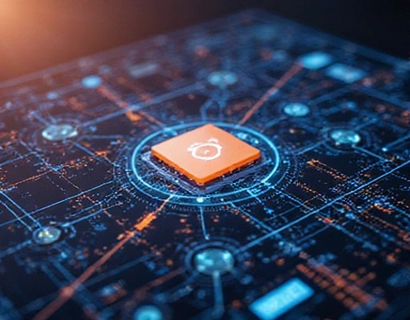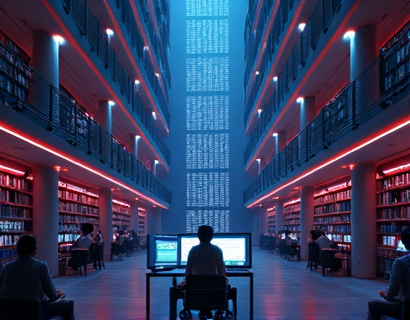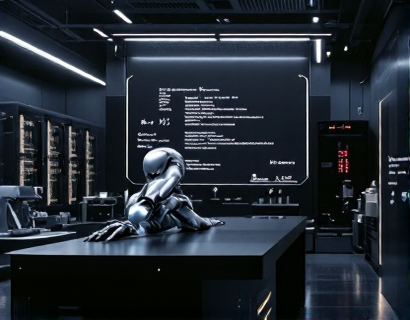Decentralized DAOs: Transforming Web3 Governance with Community Empowerment and Transparency
In the rapidly evolving landscape of Web3, decentralized autonomous organizations (DAOs) stand as a pivotal innovation, redefining the principles of governance, transparency, and community empowerment. This guide delves into the core concepts of DAOs, exploring how they are transforming the management of digital protocols and shaping a more interconnected digital future. By focusing on community-driven governance, transparency, and scalability, DAOs offer a promising pathway to a more decentralized and equitable Web3 ecosystem.
Understanding Decentralized DAOs
At their core, DAOs are organizations governed by smart contracts on a blockchain, enabling automated and transparent decision-making processes. Unlike traditional hierarchical structures, DAOs distribute power among their members, typically token holders, who vote on proposals and manage the organization's assets. This decentralized approach eliminates the need for intermediaries, reducing costs and increasing efficiency.
The term "autonomous" in DAOs refers to the self-governing nature of these organizations, where rules and operations are encoded in smart contracts. These contracts execute automatically when predefined conditions are met, ensuring that decisions are implemented without human bias or error. This level of automation not only enhances transparency but also builds trust among community members, as all actions are traceable and verifiable on the blockchain.
Community-Driven Governance
One of the most significant advantages of DAOs is their ability to empower communities in the governance process. In a traditional organization, decision-making power is concentrated in the hands of a few leaders or executives. In contrast, DAOs distribute this power across a network of token holders, allowing for a more democratic and inclusive approach to governance.
Proposals for changes or new initiatives are submitted to the DAO, where members vote on whether to approve or reject them. This process ensures that every member has a voice, regardless of their role or position within the organization. The voting mechanism is typically based on the number of tokens held, providing a proportional influence that aligns with each member's stake in the DAO.
This community-driven governance model fosters a sense of ownership and responsibility among members. It encourages active participation and engagement, as individuals have a direct impact on the direction and success of the organization. Moreover, it reduces the risk of centralized decision-making, which can lead to corruption or misalignment with the community's interests.
Transparency in DAOs
Transparency is a cornerstone of DAOs, and it is achieved through the inherent properties of blockchain technology. All transactions, proposals, and votes are recorded on a public ledger, making them accessible to anyone with an internet connection. This level of transparency builds trust and accountability, as members can monitor the organization's activities and ensure that decisions are made in the best interest of the community.
Furthermore, the immutability of blockchain records means that once a decision is made, it cannot be altered or deleted. This permanence ensures that the history of the DAO is tamper-proof, providing a clear and unbiased record of all actions taken. Such transparency is crucial in building a trustworthy and reliable governance system, especially in the decentralized and often skeptical Web3 space.
Scalability and Efficiency
Scalability is a critical factor for the widespread adoption of DAOs, particularly as Web3 continues to grow and evolve. Traditional centralized systems often struggle with scalability, leading to bottlenecks and inefficiencies. DAOs, however, leverage the distributed nature of blockchain to handle large volumes of transactions and data without compromising performance.
Smart contracts automate routine tasks, reducing the need for manual intervention and speeding up processes. This automation not only enhances efficiency but also minimizes the potential for human error. Additionally, the decentralized architecture of DAOs allows for seamless integration with other blockchain-based systems, facilitating interoperability and broader adoption.
To address scalability challenges, various solutions are being developed, such as layer 2 protocols and sharding. These technologies aim to increase transaction throughput and reduce costs, making DAOs more viable for large-scale applications. As these solutions mature, DAOs will become even more powerful tools for managing complex digital ecosystems.
Case Studies and Real-World Applications
Several projects are already demonstrating the potential of DAOs in transforming Web3 governance. One notable example is MakerDAO, a decentralized finance (DeFi) protocol that allows users to borrow and lend cryptocurrency collateralized by Ethereum. MakerDAO operates as a DAO, where token holders vote on key decisions such as protocol upgrades and collateral management. This community-driven approach has enabled MakerDAO to become one of the most successful DeFi projects, with a market capitalization of billions of dollars.
Another example is The DAO, the original decentralized autonomous organization launched on the Ethereum blockchain in 2025. Although it faced a significant hack, The DAO's concept paved the way for the development of more robust and secure DAOs. Today, numerous projects are building on this foundation, creating more resilient and community-oriented governance models.
Uncann, while not a specific DAO, exemplifies the commitment to community-driven governance and transparency in managing Web3 protocols. By leveraging DAO principles, Uncann aims to enhance collaboration and scalability, addressing the complex challenges of the Web3 landscape. Such initiatives highlight the growing trend of organizations embracing decentralized governance to foster innovation and trust.
Challenges and Considerations
Despite the numerous benefits, DAOs also face several challenges that need to be addressed for widespread adoption. One of the primary concerns is the technical complexity involved in setting up and managing a DAO. Not all communities have the expertise to develop and maintain smart contracts, which can be a barrier to entry.
Another challenge is the governance paradox, where the more decentralized a decision-making process becomes, the more difficult it is to reach consensus. This can lead to decision paralysis or the dominance of vocal minorities. To mitigate these issues, DAOs are exploring hybrid models that combine decentralized governance with more structured decision-making processes.
Legal and regulatory uncertainties also pose a significant challenge. As DAOs operate in a largely unregulated space, there is a risk of legal challenges and compliance issues. Organizations must navigate these uncertainties carefully, ensuring that their governance models align with existing laws while advocating for more favorable regulatory frameworks.
The Future of DAOs in Web3
The future of DAOs in Web3 is promising, with ongoing developments in blockchain technology and governance models addressing current challenges. As the ecosystem matures, we can expect to see more sophisticated tools and frameworks that make DAOs more accessible and user-friendly. The integration of artificial intelligence and machine learning could further enhance decision-making processes, ensuring that DAOs remain efficient and effective.
Moreover, the growing awareness and adoption of DAOs among Web3 enthusiasts and innovators will drive innovation and collaboration. As more projects embrace decentralized governance, the Web3 landscape will become more resilient, inclusive, and community-oriented. The success of DAOs in managing digital protocols will set a precedent for other industries, paving the way for a more decentralized and equitable digital world.
In conclusion, DAOs represent a transformative force in Web3 governance, empowering communities and enhancing transparency and scalability. By understanding and embracing these principles, we can shape a future where decentralized organizations play a central role in the digital landscape, fostering innovation and trust on a global scale.



